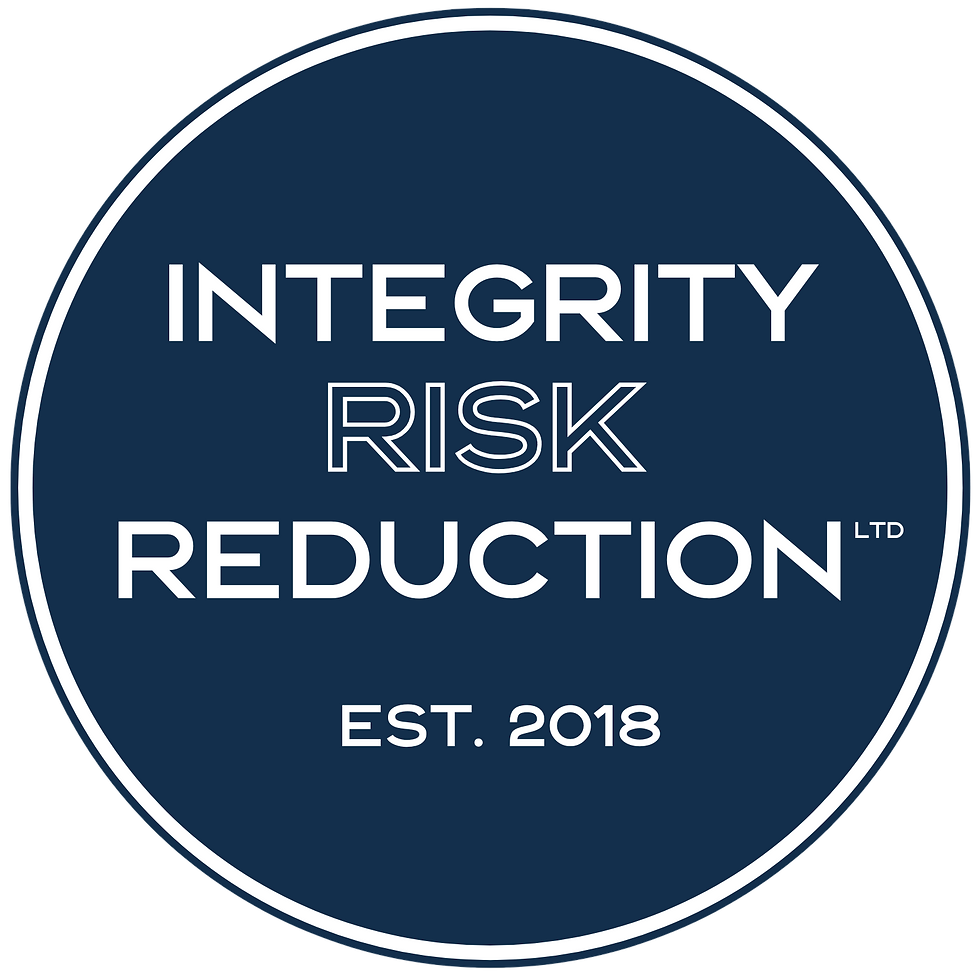The Hidden Cost of Condo Water Damage: Why Leak Detection Is Now Essential for Strata Boards
- ashley campbell
- Oct 10
- 3 min read
Updated: Oct 14
Condo boards today are facing pressures unlike any in recent memory. Rising insurance premiums, ballooning deductibles, and frustrated residents are now part of every annual general meeting agenda. At the heart of these challenges is a problem that is both common and costly: water damage.
Industry data shows that more than 70 percent of all condo insurance claims are related to water damage. This staggering figure means that the greatest risk to a building is not fire or theft, but leaking pipes, failed appliances, and undetected drips that grow into full-scale floods. The financial impact is immediate, but the hidden costs extend far beyond the claims themselves.
When a water incident occurs, residents may be displaced for weeks or even months. Families are often forced into temporary housing, while their belongings and memories are damaged beyond repair. Owners who had no role in causing the damage can still find themselves paying insurance deductibles. Meanwhile, boards are left scrambling to manage common funds, diverting money away from long-term planning toward emergency repairs.
For the building itself, the damage is even more lasting. Water can destroy mechanical equipment, weaken structural components, and leave behind mold and mildew that reduce air quality. Once a building becomes known for repeated water damage, property values fall, resale becomes more difficult, and insurers raise premiums or impose deductibles that now regularly exceed $250,000 in British Columbia.
The message is clear: water damage is not just a maintenance issue. It is a governance issue.

Moving from Reaction to Prevention
Historically, boards have dealt with water damage reactively: a leak happens, remediation begins, and insurance is called. That cycle is no longer sustainable. With deductibles this high, insurance is often no longer a practical safety net. Boards must take a proactive stance.
Certified leak detection systems are the new standard for risk management in multi-unit buildings. These systems combine several layers of protection:
In-pipe flow sensors monitor for unusual patterns that signal leaks.
Floor-level sensors are placed under appliances and fixtures, where most claims originate.
Automatic shutoff valves stop water at the source before it can spread into multiple units.
Cloud-based monitoring ensures managers and boards receive real-time alerts by SMS, email, or app.
This combination not only reduces the likelihood of major claims but also produces data. Insurers are increasingly demanding proof of proactive risk management, and leak detection technology provides exactly that. With verifiable information on response times, risk mitigation, and maintenance oversight, boards can make a stronger case for reduced premiums and improved coverage.

Protecting Equity and Stability With Leak Detection
The stakes are not just financial. For most owners, their condo represents their single largest investment. Water damage erodes that equity. By contrast, buildings that can demonstrate proactive risk management and lower claims histories are more attractive to buyers, lenders, and insurers.
Installing certified leak detection is therefore about more than technology. It is about safeguarding the financial stability of the entire community. It signals to residents that the board is forward-thinking, responsible, and committed to long-term stewardship of the property.
For strata boards navigating the current insurance crisis, leak detection is one of the few tools available that provides both immediate protection and long-term financial benefits. It is no longer optional — it is essential.
Strata boards in Vancouver and across BC are facing unprecedented water risk. If you want to understand where your vulnerabilities lie, request a complimentary leak risk scan. Protect your building. Protect your residents. Protect your equity.
.png)



Comments